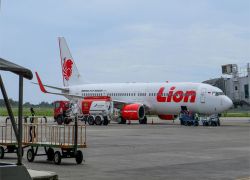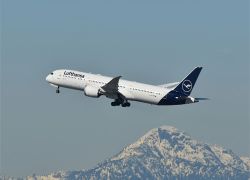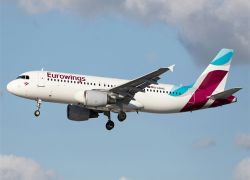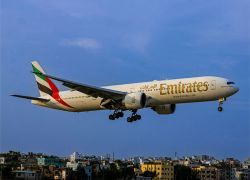News
Thailand Introduces New Tourist Entry Tax
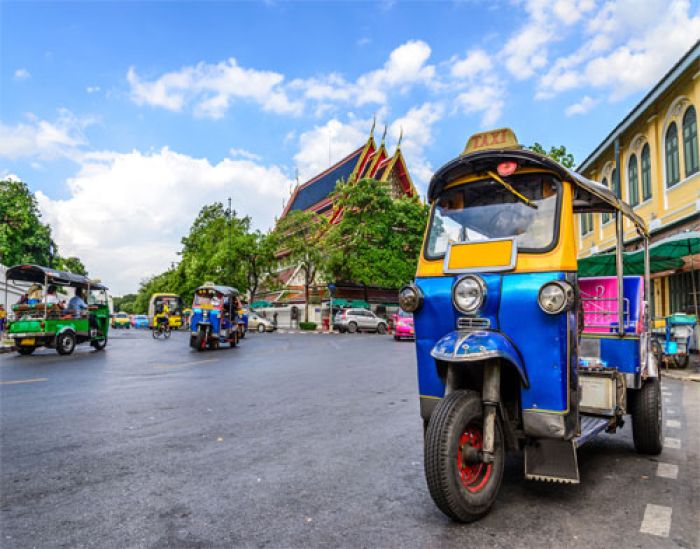
Thailand Introduces New Tourist Entry Tax
After what feels like a saga of starts, stops, and backpedals, Thai officials are finally going forward with a much-talked-about entry tax for foreign tourists. So, if you’re planning a tropical escape to Thailand, you might want to keep an extra 300 baht handy—about the price of a street food splurge in Bangkok! This time, it’s not a drill; according to Thailand’s Tourism Minister, Sorawong Thienthong, this tourist tax will soon be real, ready to greet you with automated gusto, powered by Krungthai Bank. And while it might pinch your wallet a bit, it’s all in the name of sprucing up tourist sites and covering unexpected mishaps (think: monkey steals your sunglasses, and you trip in pursuit).
Here’s the lowdown: if you’re arriving by air, you’ll pay 300 baht (around $8.50 USD). Coming by land? Lucky you—it’s a half-price affair at 150 baht ($4.25 USD). This new fee system, expected to roll out in about six months, could mean a little extra patience at the gate, but the goal is smoother-than-silk transitions. So, it’s time to brace for it and maybe factor it into your travel budget along with sunscreen and tuk-tuk money.
What This Means for Your Arrival Experience
If you’re wondering how this new tax might affect your Thai entrance, picture this: the government is aiming to make it as seamless as a sunset on Phuket’s Patong Beach. Past attempts at a tourist tax have been plagued with the typical hiccups—card glitches, “cash-only” counters, and tourists with that confused “Wait, what now?” look. But this time, officials assure us it’s going to be an ultra-smooth, swipe-and-go setup, ideally handled in advance or through online payments before you even hit Thai soil. Expect integration with visa applications and the ETA system, which will allow you to pay online, saving you from the hassle of last-minute ATM dashes at the airport.
The system will begin with visa-exempt travelers and, if all goes well, extend to all foreign visitors who’ll have the option to pay through a convenient website or mobile app. The whole idea is to skip long queues and make the process as breezy as a beachside hammock.
Get help with your groups and incentives in Thailand, contact us today!
Who's Off the Hook (and Who's Not)
There are a few lucky folks who won’t have to reach for their wallets. Babies under two, transit passengers, diplomats, and those with official Thai work permits will sail through fee-free. Unfortunately, this doesn’t include retirees, expats, and long-term visa holders like the Destination Thailand crowd, Elite card members, and other non-immigrant visa types who are likely to be asked for the entry tax every time they re-enter Thailand. Frequent visitors might feel the pinch of repeat fees, which could add up faster than a Khao San Road shopping spree.
Where’s the Money Going? To Freshen Up Thailand’s Favorite Spots
Why a tax? Well, Thailand’s got grand plans for these funds, aiming to restore its most-loved sites to postcard-perfect condition. Overcrowding and a few weathered landmarks have taken a toll on the country’s top attractions, and the government is keen to share the love across both bustling cities and hidden gems. The ultimate hope? Get tourists to explore beyond Bangkok and Phuket to more under-the-radar spots, easing the load on popular areas while keeping Thailand’s natural and cultural treasures in top shape.
A portion of the tax, somewhere between 10-20%, will also go towards compensating travelers who find themselves in accidental predicaments, whether it’s a scooter spill or a jellyfish encounter gone wrong. However, the full details on this coverage are still under wraps, so for now, keep that travel insurance close.
What Does This Mean for Budget Travelers?
The entry tax is likely to have a ripple effect, especially for budget travelers or frequent visitors. Thailand has long been a haven for low-cost adventurers and digital nomads who love its affordability, so the added cost could make travelers rethink their itineraries, especially if they’re making multiple trips a year. And if you’re passing through on a Southeast Asian backpacking jaunt, be prepared to see an extra line item for “Thailand Arrival Fee” on your expenses list.
The travel industry as a whole is also keeping an eye on this new charge. For travel agents, tour operators, and airlines, it’s another cost to work into the equation, but they’re hopeful that the funds will go toward infrastructure improvements that enhance the travel experience. Improved tourist sites, better safety measures, and a cleaner, greener Thailand could ultimately attract more visitors, even if they have to pay a little extra to get in.
Your Game Plan for Getting Through Customs (and the Tax Booth)
Ready to roll with the new tax system? Here are a few travel tips to make sure you’re covered:
- Check in Advance: As the rollout progresses, keep an eye on official updates for the latest on when and how to pay. The option to settle up online should be a time-saver.
- Watch Your Visa Status: If you’re a visa-exempt traveler, you’re likely the first to experience the new system, so get ready for a sneak preview of what other travelers will face down the line.
- Bring a Little Patience: While the goal is for a seamless system, it’s best to plan for a bit of buffer time at airports or land borders—just in case.
- Explore New Places: With tax revenue funding lesser-known destinations, consider venturing beyond the usual hotspots to experience more of Thailand’s hidden treasures.
So, there you have it! Thailand’s new tourist tax is coming, with promises of faster, smoother payments and a bit of extra charm to the country’s travel infrastructure. Whether you’re a first-timer or a seasoned Thailand fan, this new fee system is about to make your next journey a little different—but hopefully a lot more rewarding.
Thailand Introduces New Tourist Entry Tax
Keep calm, plan ahead, and get ready to rediscover Thailand like never before!
Search for a DMC
Our DMCs can assist with accommodation, (gala) dinners, meeting rooms, transport, team building and other options you need for your event
More News
-
Lufthansa Unveils Exciting Summer 2025 Routes
-
Largest Crazy Golf Playground opens Las Vegas
-
Eurowings Launches New Route to Jeddah
-
New Direct Flights from London to Cancun
-
Daily Flights to Edinburgh with Emirates
-
EasyJet Unveils Winter Wonderland Flights
-
Condor Expands with Eight Exciting Destinations
-
Visa free Travel to Kenya 2025
-
Experience Italy with American Airlines
-
Discover Airlines Launches Routes to Orlando
-
Direct Flights from Sweden to Romania
-
British Airways Is Back in Bangkok
-
airBaltic Launches Winter Routes from Vilnius
-
Direct Flights London to Cape Town

